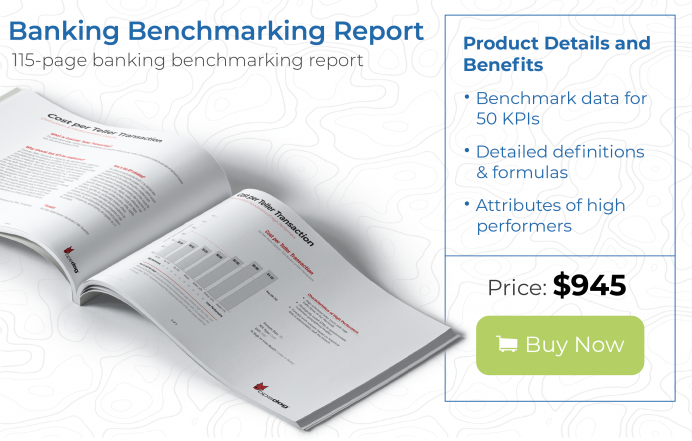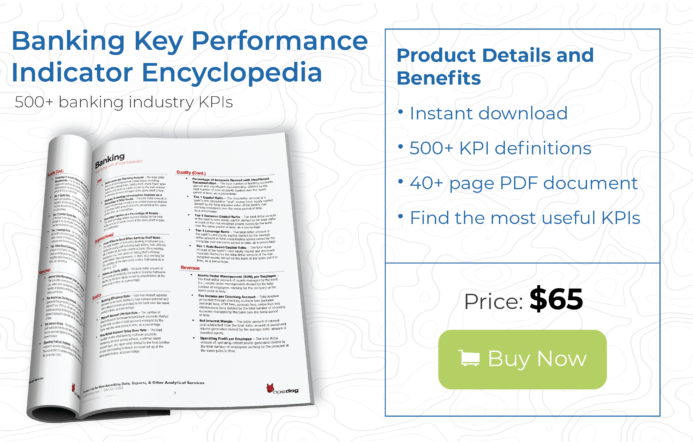The benefits of business intelligence in banking are many. We’re talking amped-up operational improvement, cost cutting, and a transformative customer experience. Business intelligence, or BI, lets you harness heavy-duty analytical concepts. It lets you slice and dice data. And it lets you do all this on an unprecedented scale.
It gets even better. Once you have a BI-empowered handle on all this data, you can transform your bank from the front line all the way up the enterprise. You can make life better for internal and external customers alike. All while boosting the bottom line thanks to the benefits of business intelligence in banking.
Sounds great, right? You bet. But if you want to understand the true importance of business intelligence in banking, you need to know its nuances. So read on!
Business intelligence in banking: Big data is a big deal
BI relies on big data. Simple as that. And “big data” is defined as massive sets of the stuff, that you can then analyze to find aha-empowering decisions. Therefore, you can’t achieve the benefits of business intelligence in banking until you have the data it requires.
The real beauty of BI—in fact, the beauty of business intelligence in banking—is that it can wrangle data from an insane number of sources. You can’t overload it. It can handle it. Trust us. And then it can help you to visualize those hard-to-spot patterns via ingenious reporting.
But here’s the thing: You should never “wrangle” indiscriminately.
Allow us to explain.
Empowering your business banking BI transformation
Sure, big data is great. But this isn’t a case of “the more, the merrier.” It’s more a case of “the right, the merrier.” You need to work the appropriate sets of data: the ones that can be configured into meaningful KPIs for business intelligence in banking. (Want to learn more about KPIs, a.k.a. key performance indicators? Check out OpsDog’s “KPI 101” articles. Or want to download awesome lists of banking KPIs right now? Click here.) And the data must be clean; you can’t wrangle a mess.
But once it’s clean and aligned, it can really go to work for you. Here, then—ta-dah!—are the top three benefits of business intelligence in banking:
- Peer deeper into the customer experience. When you enable BI in banking, you can gain a multi-layered look at the customer experience. You can drill down to things like individual transaction histories, giving you insights that can make your eyes pop. Why? You’ll see, from a data-enabled viewpoint, what the customers see—good and bad—about your bank.
- Improve employee performance—continually. Why rely on annual reviews or one-time reports? One of the key benefits of business intelligence in banking is the ability to really drill down. We’re talking deep. We’re talking performance of individual employees—and how that varies by function, by branch, by region… take your pick! Just imagine what you can accomplish when you’ve got real-time data at your fingertips.
- Drive end-to-end improvement. Sure, the importance of business intelligence in banking is about drilling down. But it’s also about zooming out. See the enterprise at a glance. Put cross-functional banking KPIs to work. And get ready to be awed by the results. That’s the power of business intelligence in banking.
Transform your data into results via banking business intelligence
At OpsDog, we’ve got scads of banking KPIs—derived from scads of real banks—that you can download (cheap!) and use, right this minute. Don’t believe us? Look at this selection. Or if you want to go deeper, put us to work in person: We offer a full suite of customized data-driven services that can take your bank to the next level. Contact us today to learn more about the benefits of business intelligence in banking.

